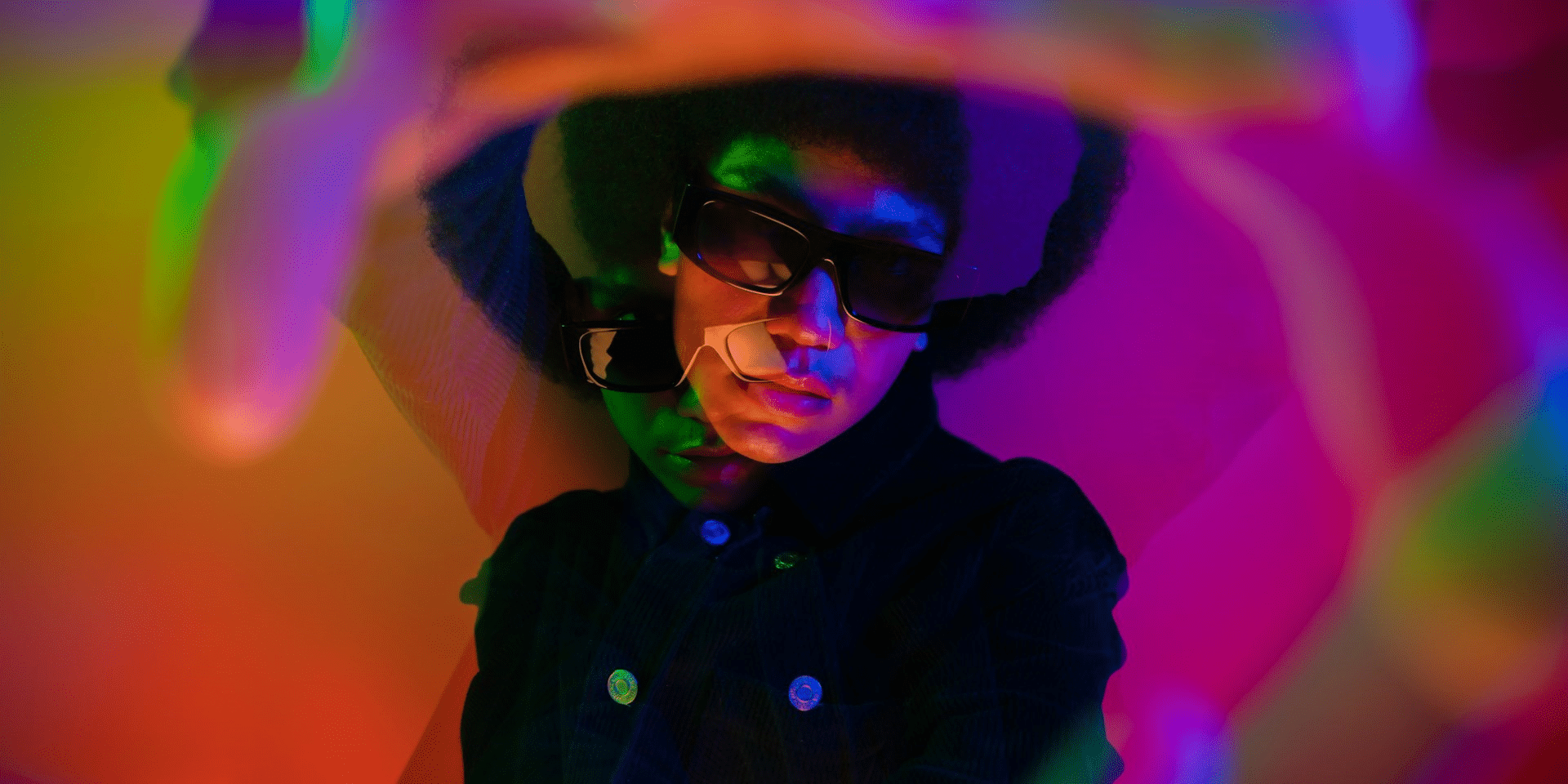Desserts hold a special place in our hearts, providing comfort, indulgence, and joy after a meal or during moments of celebration. Among the myriad dessert options, ice cream, cake, and chocolate have consistently stood out as the most beloved choices.
Each of these desserts has its unique qualities, from the refreshing chill of ice cream to the rich decadence of chocolate and the celebratory nature of cake. They cater to a wide range of preferences and are often tied to cherished memories and cultural traditions. This article explores the unique appeal of these desserts, their variations, and the reasons why they continue to captivate sweet lovers worldwide.
The Creamy Allure of Ice Cream
Ice cream has long been a universal favorite, offering a cool and creamy escape on a hot day or a comforting treat during moments of indulgence. Made by churning a mixture of dairy, sweeteners, and flavorings, ice cream’s texture is a perfect balance between smoothness and richness. Its versatility allows it to be enjoyed in countless forms, from cones and sundaes to shakes and floats.
What makes ice cream so universally appealing is its adaptability. With flavors ranging from classics like vanilla, chocolate, and strawberry to more adventurous options such as salted caramel, matcha, and lavender, there’s truly something for everyone. Regional variations also add to its global appeal. Italian gelato, for instance, is known for its intense flavors and creamy texture due to less air being churned into it. Sorbets offer a dairy-free alternative, made with fruit purees and sugar, providing a refreshing and lighter option. Sherbets, a hybrid between ice cream and sorbet, add a slight creaminess while maintaining a fruity base.
Ice cream also holds cultural significance in many parts of the world. In India, the dense, flavorful kulfi is a staple dessert, while Japan has introduced mochi ice cream, a delightful combination of creamy ice cream wrapped in chewy rice dough. These regional twists on ice cream reflect how this dessert has been embraced and adapted across cultures.
The Celebratory Nature of Cake
Cakes are synonymous with celebrations. Whether it’s a birthday, wedding, or anniversary, no event feels complete without the presence of a cake. The rich history of cakes dates back to ancient times when they were simple breads sweetened with honey. Over centuries, cakes have evolved into the intricate, multi-layered confections we know today, offering endless possibilities for flavor, texture, and decoration.
Cakes come in a variety of forms, each suited to different occasions and tastes. Butter cakes, known for their rich and dense texture, are often baked as pound cakes or loaf cakes and are perfect for tea-time indulgence. Sponge cakes, on the other hand, are light and airy, making them an ideal base for layered cakes filled with creams or jams. Chocolate cakes are a category in themselves, ranging from the molten lava cake with its gooey center to flourless chocolate cakes that offer an intense cocoa flavor. Cheesecakes, with their creamy cheese filling atop a crumbly crust, have become a dessert staple, while ice cream cakes combine the best of two worlds, layering cake with creamy frozen goodness.
Cakes also reflect cultural traditions, with each region offering its own unique twist. In France, the Galette des Rois is a flaky pastry cake enjoyed during Epiphany. Japan’s Castella cake, a spongy and mildly sweet treat, has a history rooted in Portuguese influence. Germany’s Black Forest cake, layered with cherries, whipped cream, and chocolate, is a globally recognized favorite. Cakes not only satisfy our sweet tooth but also symbolize joy, celebration, and togetherness.
The Decadent Luxury of Chocolate
Chocolate, derived from the cocoa bean, is one of the most versatile and beloved ingredients in the dessert world. Its history dates back thousands of years to ancient Mesoamerican civilizations, where it was consumed as a bitter beverage often flavored with spices. Over time, chocolate evolved into the sweet, creamy treat we know today, becoming a symbol of indulgence and sophistication.
Chocolate comes in various forms, each with its unique flavor profile and uses. Dark chocolate, with its high cocoa content, offers a rich, slightly bitter taste that appeals to those with a refined palate. Milk chocolate is creamier and sweeter, thanks to the addition of milk solids, making it a crowd-pleaser for all ages. White chocolate, though technically not chocolate as it lacks cocoa solids, is made from cocoa butter and has a smooth, vanilla-like flavor. Recently, ruby chocolate has emerged as a new variety, celebrated for its natural pink hue and fruity taste.
In the realm of desserts, chocolate shines as a star ingredient. It forms the base of decadent chocolate cakes, gooey brownies, and luscious truffles. It enhances ice creams, appearing as a flavor, topping, or shell coating. Chocolate-covered fruits, nuts, and confections showcase its ability to complement and elevate other ingredients. Beyond its taste, chocolate carries emotional significance, often associated with romance, comfort, and celebration. Whether gifted on Valentine’s Day or enjoyed as a personal treat, chocolate holds a timeless allure.
Combination Desserts: A Fusion of Flavors
For those who can’t choose between ice cream, cake, and chocolate, combination desserts offer the best of all worlds. Ice cream cakes, for instance, pair the creaminess of ice cream with the structure of cake, creating a dessert that is both refreshing and satisfying. Serving warm chocolate cake with a scoop of vanilla ice cream is a classic combination, offering a delightful contrast of temperatures and textures. Chocolate-dipped ice cream bars add a satisfying crunch to every bite, blending creamy and crispy elements seamlessly.
These combination desserts not only showcase the versatility of ice cream, cake, and chocolate but also highlight how these favorites can work together to create something even more delightful.
The Emotional and Cultural Connection
Desserts go beyond taste; they evoke emotions and memories. A slice of birthday cake takes us back to childhood celebrations. A bowl of ice cream may remind us of summer vacations. A piece of chocolate can lift our spirits on a challenging day. These desserts are woven into our personal and cultural narratives, making them more than just food—they’re a part of who we are.
Culturally, these desserts play significant roles in traditions and rituals. Ice cream is a global unifier, enjoyed by people of all ages in countless forms. Cakes are symbols of milestones and achievements, central to celebrations across cultures. Chocolate, with its ancient origins and modern-day popularity, represents luxury, romance, and comfort.
Which Dessert Will You Choose?
Ice cream, cake, and chocolate each bring something unique to the table. Ice cream offers creamy, refreshing satisfaction in endless flavors and forms. Cake brings joy to celebrations, with its versatility and ability to adapt to any occasion. Chocolate provides a decadent, timeless indulgence that delights the senses and warms the heart.
Choosing a favorite dessert is deeply personal, influenced by taste, texture, and the memories tied to each treat. Whether you find happiness in a scoop of gelato, a slice of layered cake, or a square of rich dark chocolate, these desserts have a way of bringing people together and adding sweetness to life. So why choose just one? Embrace your love for desserts and enjoy the best of all three—indulgence knows no limits.






